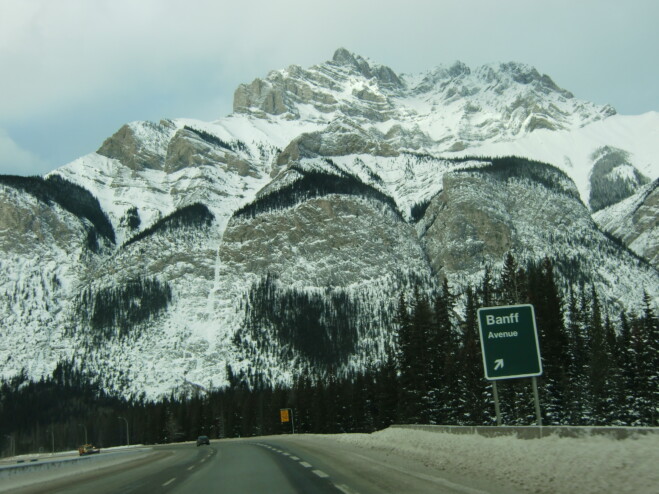
Design as it relates to geospatial and geomatics technologies is a special relationship. There are few technologies, outside of spatial data creation and management tools, that can bring as much useful, diverse and necessary information to the design process. This value connects directly to the ability to create – to enlist and to conduct designs that embrace humans to environments – building location spaces. Thus, design processes can be both static and dynamic, real and virtual, simple or complex and filled with rich possibilities.
Design as it relates to geospatial and geomatics technologies is a special relationship. There are few technologies, outside of spatial data creation and management tools, that can bring as much useful, diverse and necessary information to the design process. This value connects directly to the ability to create – to enlist and to conduct designs that embrace humans to environments – building location spaces. Thus, design processes can be both static and dynamic, real and virtual, simple or complex and filled with rich possibilities.
Imagine that you are charged with designing a city block and all of the buildings, sidewalks and features within it, but can only do so using a single geospatial /geomatics technology. The immediate result would be a design process that revolves around the single data gathering tool – along with basic pencil and drawing capabilities. If lidar was the single choice, then the design process would be limited to where and how lidar could be used.
Alternatively, imagine the task, but instead of having one tool, many tools could be used to create and develope designs. More tools could be applied throughout the process, and the variations in data types (along with frequency and accuracy), would result in wider possibilities as the data possibilities would rise. More information adds to the design process, enriching it and revealing diverse new realities for data use.
One of the interesting facts about spatial data when it comes to design, is that some kind of system is needed for aggregating, managing and presenting the data. Most users choose geographic information systems (GIS), and or computer-aided design (CAD) software. High quality positioning from global navigation satellite systems (GNSS) alone cannot connect to design. This information needs to be exposed through either GIS or CAD to be effectively used. Remote sensing imagery alone is a picture, but once processed in image analysis software, spatial relationships are revealed and changes over time exposed. These in turn are also expressed to the design process through GIS and CAD.
So – it is important to understand that data creation alone is not enough, when it comes to design. Designs are inherently situated to location-place and time. Architects may design buildings individually, but these designs do not usually exist alone, they exist with respect to other buildings, locations and environments – including physical geography. Consequently, the connection of geospatial / geomatics technology links to design through location, human use and environment.
But designs may constantly change, alter and adjust. The underlying processes driving designs could be the result of change (ie. remote sensing) or even updated data quality. Do designs have to exist forever, or can they change? I suppose renovations come about due to changes in human needs, but also due to the lifecycle of materials, construction types and improved efficiency requirements. For example, a GIS could continually monitor and reveal changes within a city block (if data is available), and could update and create new designs for any given location based upon surrounding conditions and governance change.
Since many geospatial /geomatics tools are capable of automation today, the continual updating of information could feed new designs in real-time – we might call this design adaptations – acting in response to change circumstances. However, we often think of design in terms of improvements, benefits and efficiency – along with beauty and other non-tangible benefits.
Don’t under-estimate the value spatial data tools can bring to the design process. It many cases it can support new ideas, innovation and highly useful new projects – exposing sunlight into the corners that have rarely seen light and adding a breath of freshness in otherwise traditional, closed and bordered spaces.